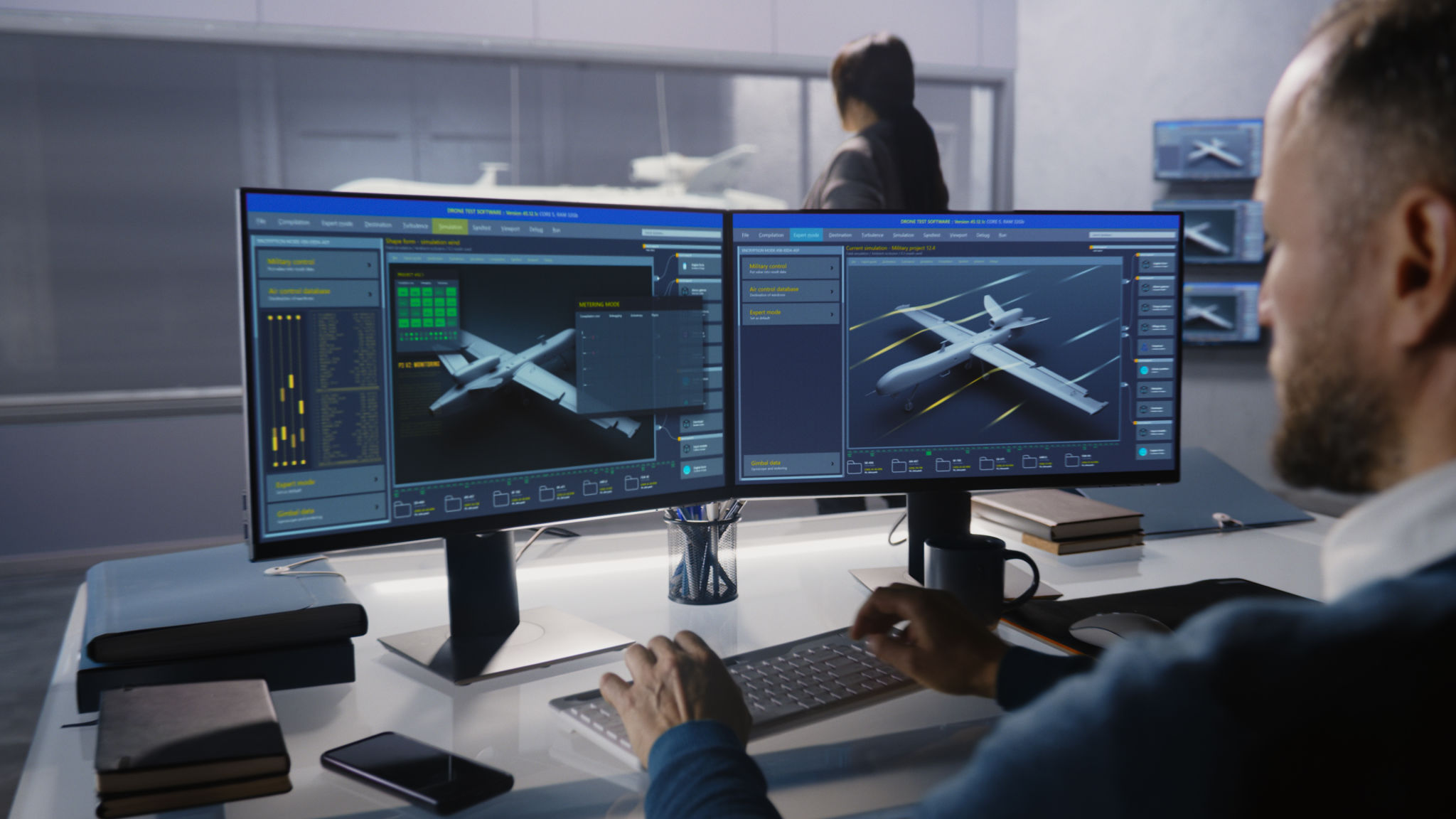Real-Time Flight Tracking Boosts Airport Operations
bc
Understanding Real-Time Flight Tracking (ADS-B)
Real-time flight tracking is a new technology that lets airports and passengers see the status of flights as they happen.
Airports use GPS, ADS-B, and flight tracking API to access real-time data on flight locations, delays, and arrivals. These tools provide the dynamic insights needed for efficient airport management and a better travel experience for passengers.

Traditionally, airports relied on static schedule data to manage operations. However, with flight tracking APIs enabling real-time updates, airports can now predict and respond to changes instantly. This shift benefits not only airport staff but also improves airline operations and customer satisfaction.
Enhancing Airport Operations
The integration of real-time flight tracking into airport management systems has revolutionized the way airports operate. Improved resource allocation stands out as one of the most significant advantages. With accurate flight data, airports can manage gate assignments, baggage handling, and staffing better. This helps reduce congestion and delays.

Moreover, real-time data enables proactive decision-making. If they find a delay, airports can change schedules, quickly inform passengers, and work with airlines to reduce problems. This level of responsiveness is essential for maintaining seamless operations in busy airports.
Improving Passenger Experience
For travelers, real-time flight tracking provides a more transparent and stress-free journey. Passengers can get live updates on their flights using mobile apps or airport screens. This helps them stay informed about delays or gate changes. This transparency empowers travelers to make informed decisions about their travel plans.
Furthermore, airports can use this data to enhance customer service. By expecting delays, they can provide perks like lounge access or meal vouchers to affected passengers. This helps improve overall satisfaction. These personalized services help build a positive image for both the airport and associated airlines.
Data-Driven Insights
Real-time flight tracking also provides valuable data for long-term planning and analysis. Airports can analyze trends in delays, peak times, and passenger flow to optimize infrastructure and services. Such insights are crucial for future expansions and improvements.
Track seasonal fluctuations in passenger numbers
Identify bottlenecks within airport operations
Enhance security measures by monitoring live passenger flow
Challenges and Solutions

While real-time flight tracking offers numerous benefits, implementing such systems can be challenging. Airports may face issues like integration with existing infrastructure or data security concerns. However, robust IT solutions and strategic partnerships with technology providers can overcome these challenges.
Investing in online security measures is also crucial to protect sensitive flight data from potential breaches. Training all stakeholders in using these advanced systems can further smooth the transition process.
The Future of Airport Management
The potential of real-time flight tracking in transforming airport management is immense. As technology keeps changing, we can expect better solutions. These will make operations smoother and improve the passenger experience. Airports that embrace these innovations will undoubtedly set new standards in efficiency and customer service.
In conclusion, real-time flight tracking is not just a tech upgrade. It is a smart advantage that changes how airports work in today's fast world. By leveraging this tool effectively, airports can ensure smoother operations and happier travelers. Learn more from VariFlight DataWorks: Here
